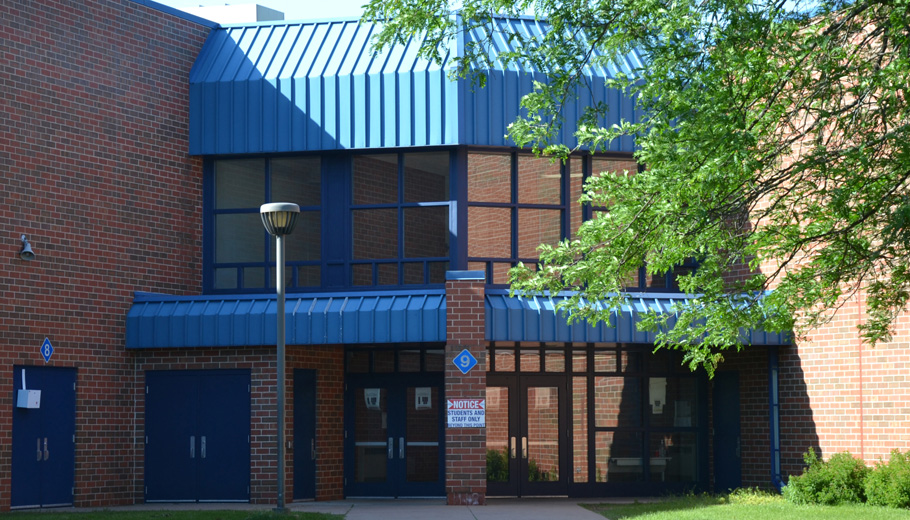
Waupaca School Board puts remodeling up for vote
By James Card
The last time the Waupaca residents voted on a school-related referendum was 22 years ago.
It was to build a new high school and to renovate the middle school and learning center. Now residents will vote to better protect those schools from violence.
On Tuesday, June 14, the Waupaca School Board voted unanimously to authorize a $3.87 million referendum for all school building entryways to be remodeled or renovated for safety and security purposes. The referendum will be on the ballot in the November 2022 general election.
The wording of the resolution reads that general obligation bonds will be issued for “the purpose of paying the cost of district-wide safety and security upgrades, including point of entry secure entrances and related equipment, building infrastructure improvements and capital maintenance.”
In 2019, Department of Justice investigators and the Wisconsin School Safety Coordinators Association assessment team did a safety audit of Waupaca schools.
This resulted in many protocols and safety programs being implemented such as the hiring of two safety liaison officers.
But there was one glaring problem that needed to be addressed: the vulnerability of entryways in all of the schools in the district. The assessment team deemed it as the No. 1 safety concern.
Every single school was found to have “point of entry” problems. The district chose to work with Plunkett Raysich Architects (PRA) of Milwaukee. During this meeting the board also voted for the firm to continue working on their designs.
‘Deer hunting tree stand’
Carl Hayek, the director of business services, wrote a memo to the school board explaining the vulnerabilities. He used some of the exact wording from the assessment:
“WLC, for example, individuals are buzzed into the building from offices that are far removed from the building entryway by viewing a camera. Upon entering the building, individuals are left to wander having multiple directions to move, a staircase going downstairs on both sides, or a staircase going upstairs like a deer hunting tree stand. Individuals could easily sit perched above having full access to WLC’s entire lunchroom like an open field. Seven hundred students, 100 staff members, community members all become vulnerable to one individual who enters WLC in its current structural layout.”
Of the renovations, the Waupaca Learning Center is the most costly. Walls could be knocked down and the commons area completely rearranged but the best course of action recommended was to build a new point of entry.
The main design work of PRA will be to create one main point of entry and reconfiguring other doors to be exit only.
Not all of the work involved will be for rebuilding entryway infrastructure. At all schools this includes more cameras, alarm systems, automatic door locking systems, lighting, parking lot adjustments and balusters (concrete pillars that prevent auto crashes into entryways).
“Thirty years ago building designs weren’t thinking of safety so much in both the private and public sector, rather the thinking was aesthetic in design emphasis. Now, three decades later the world has changed and the point of entry in both the private sector (hospitals, offices, etc.) and the public sector (schools, government buildings) for the protection of their patrons and stakeholders have developed true infrastructure design solutions to mitigate, for a lack of a better word, societies violence and discordant elements from entering facilities that are supposed to teach and protect the most innocent of our society, our children,” wrote Hayek in his memo.
Cost concerns
District Administrator Ron Saari said the district would work with local law enforcement for input and tours would be set up at each of the schools to help envision the construction that needs to be done.
He also said board members could tour a school in Appleton that has made similar renovations.
Hayek also included in his memo how this project is reasonable and about the school district’s track record of being fiscally responsible with the taxpayer’s money. He suggested the debt be paid off in the shortest amount of time which would be 10 years.
“The projected tax impact for taxpayers tax mill rate would be 13 cents per $1,000 of property value, or for example, $13 annually for a home valued at $100,000; $26 annually for a home valued at $200,000. Meaning a $200,000 home property value homeowner would pay over a 10 year period [would be] $260 or $26 per year.”
Board member Ron Brooks said that he was 100% behind the renovations but he pointed out private business owners and owners of agricultural land might see the increased tax rate as a “legitimate gripe.”
“I’m putting that out there just so you know what you are up against,” he said.
Board member Steve Klismet also added that if this referendum goes through he wants to see it done right. He remembered criticism during past school construction projects.
“The last thing I want to do is spend $3-$4 million, and then have people come through and say, ‘We didn’t get our money’s worth.’ I think that would upset the taxpayers even more,” said Klismet.
